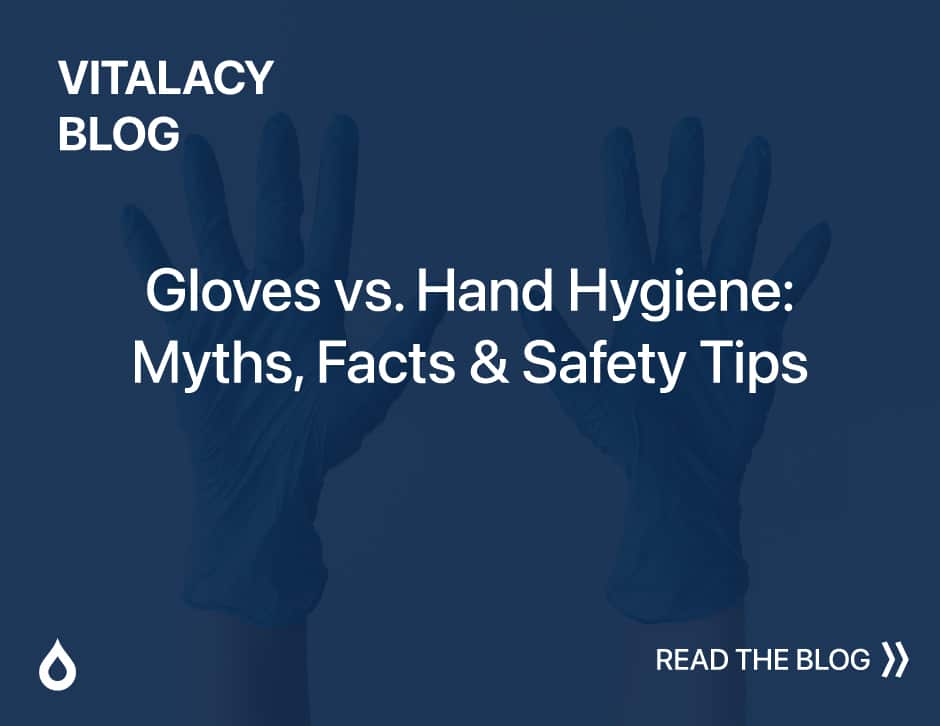During the 1980s, I was working at Lockheed Palo Alto Research Laboratory (LPARL) with a focus on high performance computing. In 1986, LPARL provided a grant to CalTech to evaluate the viability of their Hypercube Concurrent Computers for the future computational needs of the company. While visiting Caltech, I attended a lecture by John Hopfield, who demonstrated a model for associative memory and pattern recognition using neural networks. I became intrigued with the use of neural networks as a platform for Artificial Intelligence.
In 1988, I was again tasked with evaluating the CM-1 massive parallel processor from the Thinking Machine Corporation with 65,536 processors. I developed some test programs to determine the speed and suitability of CM-1 for Neural networks. I concluded that “Neural Network-based Artificial Intelligence (AI) is the wave of the future and will remain the wave of the future for the foreseeable future.” What was hindering the progress and development of AI applications at that time was the limited computational speed of the hardware.
AI Needs Powerful Computers
Now in 2023, more powerful hardware can allow for larger multilayer neural networks. Typically, each link in the network connects a pair of nodes having an associated parameter. This way the larger the network gets, the better it can represent the information it is given. For example, GPT-3 model (the earlier version of ChatGPT) has approximately 175 billion parameters. The next version (GPT-4) is rumored to be in the trillions with some
ChatGPT is certainly good at gathering information it has seen before. However, it will not be as good at analyzing the available information and synthesizing it into new insight, unless the insight is already known to it.
When it comes to knowledge workers, ChatGPT typically performs two types of tasks:
-
- Information Gathering
-
- Analysis and Deduction
Furthermore, using its generative capabilities it can produce new information that may be plausible but has no guarantee of being correct. Despite this limitation, ChatGPT can automate many tasks that consist of mostly Information Gathering, and very little Analysis and Deduction. For example, companies could use a chatbot to provide 24-7 customer service to eliminate the need for live support agents. In time and through usage, these AI systems will expand their knowledge base to be able to perform more complex tasks.
Healthcare Application
During this time of expansion, here are two different categories of AI applications in healthcare that are being considered in the field:
-
- Medical Application
Diagnosis and Medical Imaging: Analyze X-rays, CT scans, and MRIs to assist in the detection and diagnosis of diseases.
Personalized Medicine: Analyze large volumes of patient data, medical records, etc. to provide personalized treatment plans.
Predictive Analytics: Analyze patient data and predict the likelihood of certain outcomes or events, such as disease progression, hospital readmissions, or adverse reactions to medications.
Drug Discovery and Development: assist in the process of drug discovery and development by analyzing vast amounts of biomedical data.
Robot-Assisted Surgery: Enhance and/or modify surgical procedures to enable robot-assisted surgeries.
Mental Health Support: AI-powered applications can provide mental health support by analyzing user input and providing personalized recommendations or interventions.
-
- Operational Efficiency
Virtual Assistants: Virtual assistants can provide basic healthcare information, answer patient queries, and assist in triaging and scheduling appointments. They can also monitor patients remotely and provide real-time support and guidance.
Administrative Tasks and Workflow Optimization: Automate administrative tasks to reduce the burden on healthcare staff and improving efficiency. AI algorithms can also optimize workflow and resource allocation, leading to better patient management and reduced waiting times.
The promise of improving medical diagnoses has excited healthcare providers and has made AI for medical applications the primary focus of research. However, given that over 30% of all healthcare spending is for Hospital Care, it is essential to focus on AI applications to make hospitals operationally efficient. As an example, AI based predictive analytics could enable hospitals to improve workflows. It could prioritize activities that help improve hospital efficiency resulting in better patient care and increased capacity to admit more patients.
Utilizing an AI System for Improving Operational Efficiency in Hospitals
-
- Identify the problem (clear use case) that would need efficiency improvement.
- Define the key metrics that gauge efficiency improvement: the Key Performance indicator (KPI).
- Identify the myriad of data sources that would influences the KPI.
- Consolidate the data into a single repository excluding patient specific data.
- Create a computational or statistical model that derives the KPI from the consolidated data.
- Implement an AI system with the model to predict the changes producing the desired outcome

AI has great potential for healthcare. However, special consideration and care must be applied for ethical and privacy concerns. Human expertise and oversight are crucial to ensure the responsible and beneficial use of AI in healthcare.




